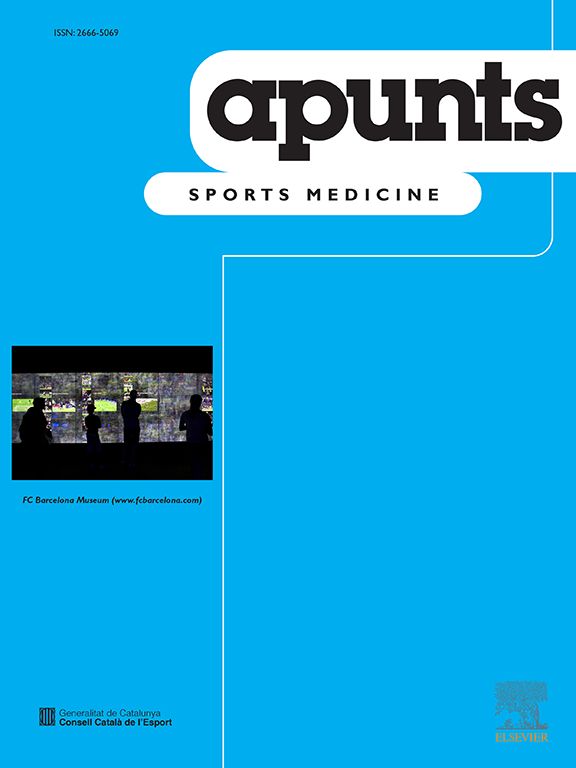Several isokinetic strength ratios (bilateral and unilateral) of the knee have been extensively used: (i) to identify possible anterior cruciate ligament (ACL) and hamstring strain injury risk factors; (ii) to monitor the effectiveness of rehabilitation programs; and (iii) to determine if an athlete is able to return safely to training and competition sessions after finishing a specific rehabilitation program. However, the precision of these isokinetic strength ratios to evaluate muscle imbalances has been accepted based on theoretical and empirical knowledge, and less based on the scientific evidence regarding their validity and reliability. The purposes of this literature review were: (1) to analyse and compare the validity and reliability of unilateral and bilateral isokinetic strength ratios of the knee for estimating and monitoring possible muscle imbalances; as well as (2) to report cut-off values to categorize the muscle function as normal or with significantly high injury risk. A total of 13 scientific studies fulfilled all the previously established inclusion and exclusion criteria. After analysing all the studies, it was possible to conclude that: (i) very few studies have analysed the validity and reliability of bilateral and unilateral (conventional and functional) isokinetic strength ratios of the knee to identify muscle imbalances; (ii) a bilateral imbalance lower than 10-15% and unilateral imbalances lower than 20-40% could be an appropriate cut-off score to reduce the likelihood of developing hamstring strains and ACL injuries; (iii) the isokinetic strength ratios of the knee appear to present moderate absolute reliability scores (standard error of the measurement <15%); and (iv) more studies are needed to determine the validity and reliability of the isokinetic strength ratios of the knee in different sport modalities.
The Impact Factor measures the average number of citations received in a particular year by papers published in the journal during the two preceding years.
© Clarivate Analytics, Journal Citation Reports 2025
SRJ is a prestige metric based on the idea that not all citations are the same. SJR uses a similar algorithm as the Google page rank; it provides a quantitative and qualitative measure of the journal's impact.
See moreSNIP measures contextual citation impact by wighting citations based on the total number of citations in a subject field.
See more




